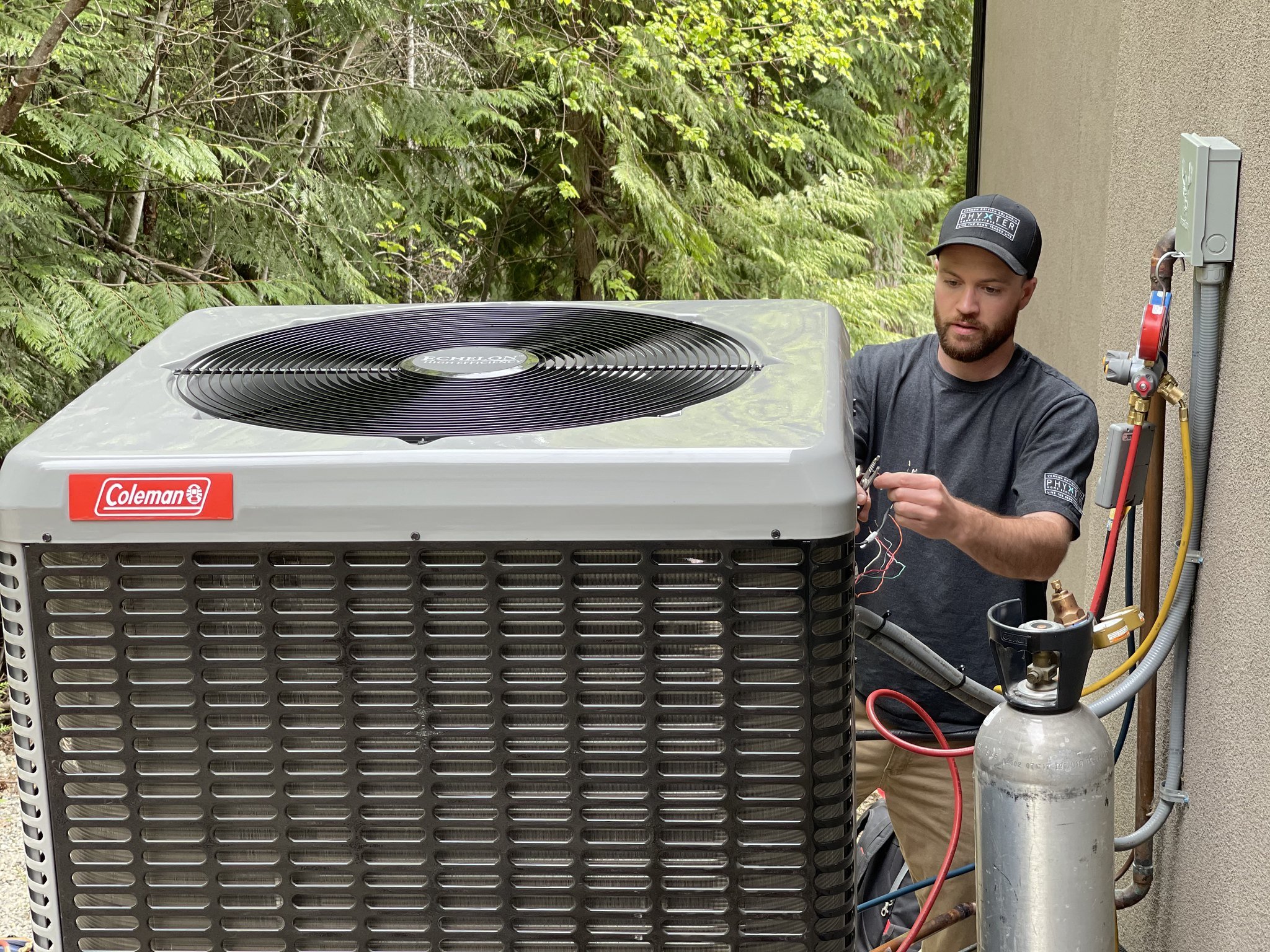- cross-posted to:
- [email protected]
- cross-posted to:
- [email protected]
Oxford study proves heat pumps triumph over fossil fuels in the cold::Published Monday in the scientific journal Joule, the research found that heat pumps are two to three times more efficient than their oil and gas counterparts, specifically in temperatures ranging from 10 C to -20 C.



Yes, most installations do require a backup heat source in the event outside temperature is too low for optimal heat pump usage. On my ecobee thermostat, you can set what this temperature threshold is (i.e. 20F) and then if the outside temperature falls below this value, the heat pump is stopped and the natural gas in my case kicks in. Granted, this doesn’t happen often where I live, but for those few weeks in the winter, it is not something I even have to think about. And the rest of the time, I am saving money using the heat pump and not natural gas.
I doubt there can ever be high tech heat pumps which can operate at -25 C or less, because there’s so little heat energy outside and the heat pump would probably spend a majority of the time running in reverse to dethaw the unit to prevent it freezing over.
It could probably be done, but then it wouldn’t operate at higher temperatures. Realistically you’d probably need two heat pumps, a low temperature pump and a high temperature pump and switch between them as the temperature rises or falls. It’s double the cost and double the points of failure, and for a situation that rarely happens probably not worth it.
I’d have to imagine at some point, more heat is leaving the house than entering, and given enough time, inside and outside will eventually reach a cold equilibrium.
Would depend on how well insulated it is, but yeah since homes aren’t exactly built to be air tight there’s realistically an upper limit to the temperature delta you’re going to be able to achieve. Ultimately the question isn’t how hot/cold is the inside/outside of the house, but how big a difference are you looking at between those two.